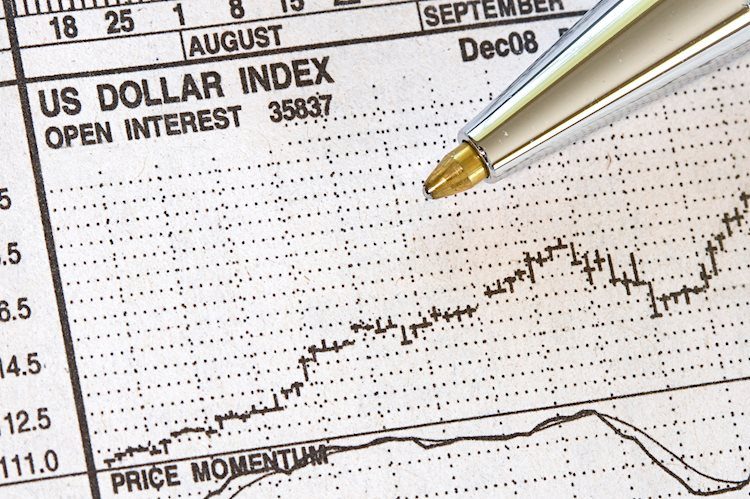The US Dollar gained further strength after former NY Fed President William Dudley commented on the Federal Reserve’s rate cut path, indicating that a 25 basis point rate cut is the best way forward given the current economic conditions. This statement reduces the likelihood of a larger interest rate cut by the Fed in November. The US Dollar Index is testing the upper band of its September range, potentially setting the stage for a breakout later on Thursday.
Asian trading saw the US Dollar receive a boost after new Japanese Prime Minister Shigeru Ishiba stated that the economy is not ready for another interest rate increase, leading to a decline in the Japanese Yen. Additionally, reports of explosions in Beirut have prompted safe-haven inflows into the Greenback. A busy economic calendar is also expected for the day, including the S&P Global Services Purchasing Managers index and the Institute for Supply Management (ISM) September numbers.
The economic calendar started off with the Challenger Job Cuts data for September, showing a decrease in layoffs compared to August. The weekly Jobless Claims came in slightly higher than expected, while Continuing Claims saw a slight decline. The final S&P Global Services Purchasing Managers Index for September fell slightly below expectations, with the Composite PMI showing a decrease as well. The ISM released its September numbers, showing an increase in the headline PMI but a decrease in Employment.
The US Dollar Index has shown a strong recovery this week, reaching the upper resistance level at 101.90. The next resistance levels lie at the 55-day Simple Moving Average at 102.09 and 103.18. Support levels are at 100.62 and 100.16, with a potential test of the July 14, 2023, low at 99.58. The Dot Plot, which shows interest rate projections by FOMC members, provides insight into future monetary policy direction and can impact the valuation of the US Dollar based on expectations of interest rate changes.
In conclusion, the US Dollar’s strength has been supported by various factors, including comments from former NY Fed President Dudley, economic data releases, and geopolitical events. The upcoming Nonfarm Payrolls report may act as a catalyst for further movement in the US Dollar Index. Market participants are closely watching the Dot Plot to gauge policymakers’ expectations for interest rates and their impact on the US Dollar. With a potentially challenging economic environment ahead, the US Dollar’s performance will continue to be influenced by a combination of domestic and global factors.










